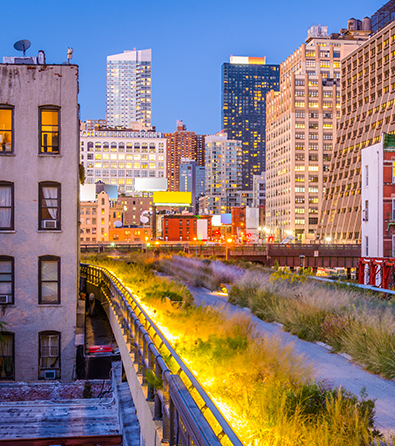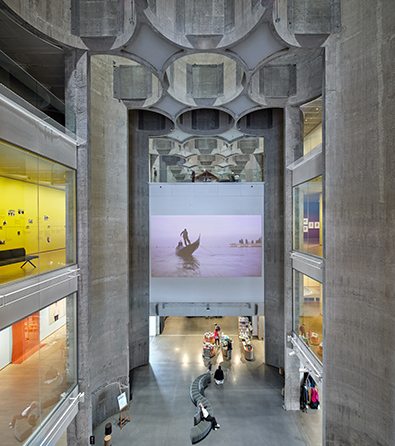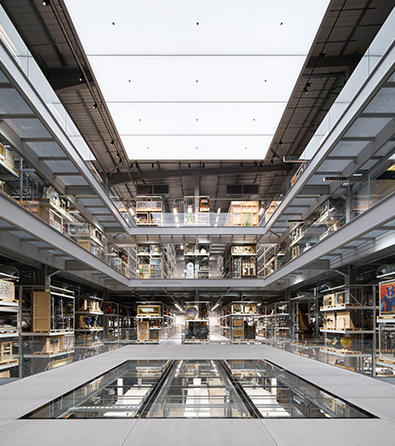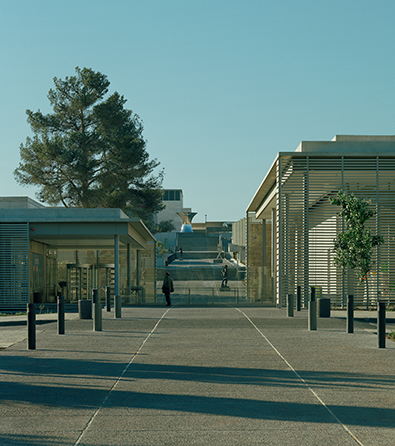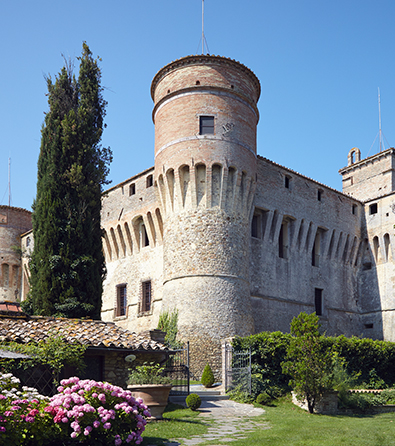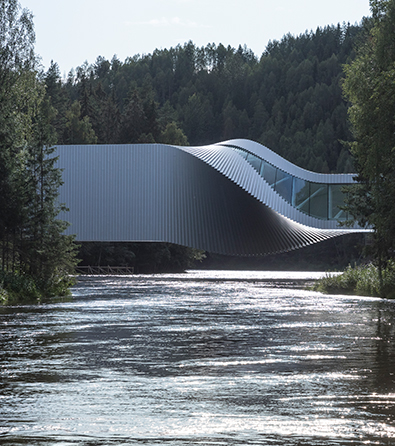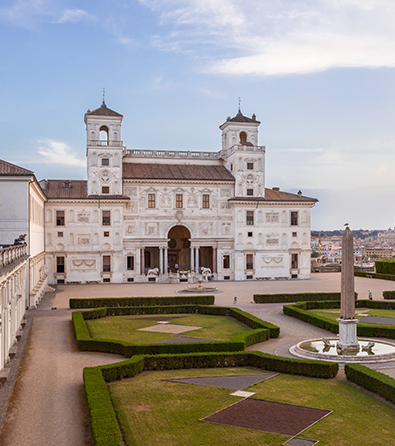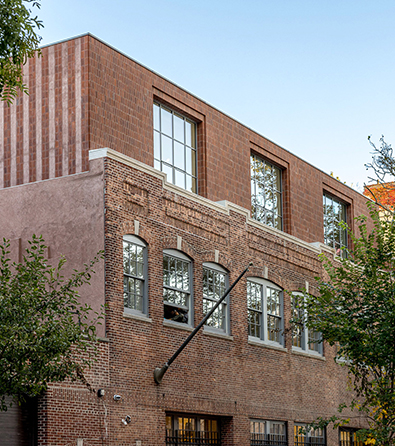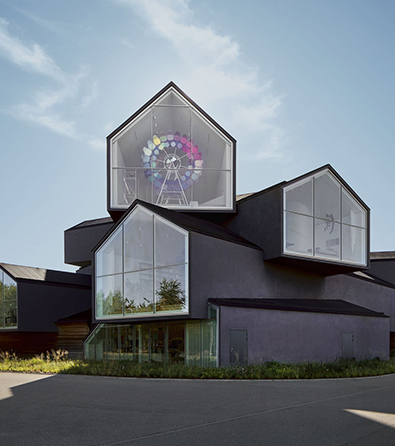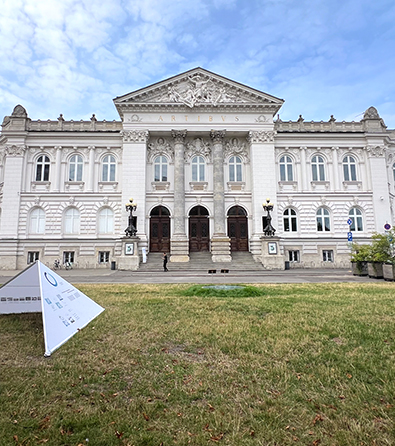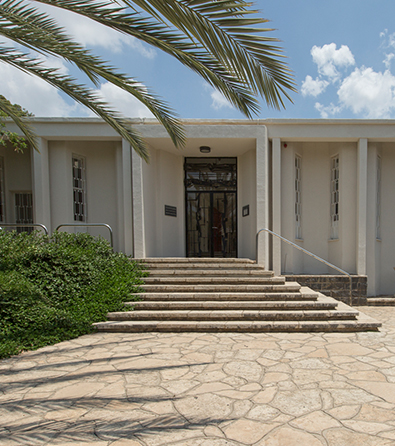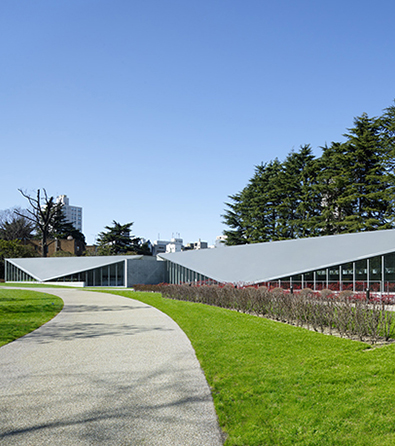Watch the short lecture on Hannah Höch’s artwork (5:13 minutes) at the top of the page.
* To watch this film, please approve YouTube/Vimeo cookies via the blue cookie icon at the bottom left of the screen.
Berlin, Germany, is home to many top-rated cultural attractions, and the National Gallery in Berlin (Nationalgalerie, Staatliche Museen) is a must-visit for art lovers. One of the gallery’s most groundbreaking artworks is Cut with the Kitchen Knife through the Last Epoch of Weimar Beer-Belly Culture in Germany by German artist Hannah Höch.
Created in 1919-20, the piece reflects Höch’s blunt political statement over the chaos and loss of direction in post-World War I Germany. Living and working in Berlin during the first and second World Wars and a member of the Dada movement, Höch used her artworks to express criticism against the government and protest against gender discrimination in Germany’s patriarchal society.
Hannah Höch’s photomontage, Cut with the Kitchen Knife through the Last Epoch of Weimar Beer-Belly Culture in Germany, is a masterful work of art that reflects the political and cultural turmoil of the Weimar Republic. Using photographs from newspapers, Höch created a layered and complex web of meaning. The photomontage includes various characters participating in senseless and sometimes violent activities. Along with textual fragments, buildings, and crowds, the figures create a collage that speaks to the chaotic and tumultuous period of Germany’s history.
In the artwork, the figure of Kaiser Wilhelm II, the last German Emperor, appears almost lost in the background, surrounded by fragmented text, maps, machinery, and disembodied heads and bodies, symbolizing the decline of German monarchy and the rise of the Weimar Republic. The artwork provides a rich source of historical and cultural insights into the Weimar Republic and the artistic movement of Berlin Dada.
The National Gallery in Berlin is located on Museum Island in Berlin and was founded in 1876. The gallery displayed works of art from the 19th century to the beginning of the 20th century, and the collection contains works of art by artists such as Caspar David Friedrich, Karl Friedrich Schinkel, Karl Blechen, Édouard Manet, Claude Monet, Adolph von Menzel, Max Liebermann, and Lovis Corinth.
To learn more about Berlin Dada and Höch’s photomontage, watch Jonathan Hirschfeld’s short lecture, available at the top of the page, which reveals how the members of the movement used the photomontage technique to spotlight the injustices of the Weimar Republic and the Nazi regime. The video provides a fascinating insight into the political and cultural context of Höch’s work, making it an essential companion to the artwork itself.
Are you planning a trip to Berlin and seeking the best cultural experiences in art, design, and theater? Look no further! Explore the Culture Treasures travel guide to Berlin for insider tips on top galleries, museums, design spaces, and theaters. Discover Berlin’s vibrant creative scene and make your visit truly unforgettable with our curated recommendations.
